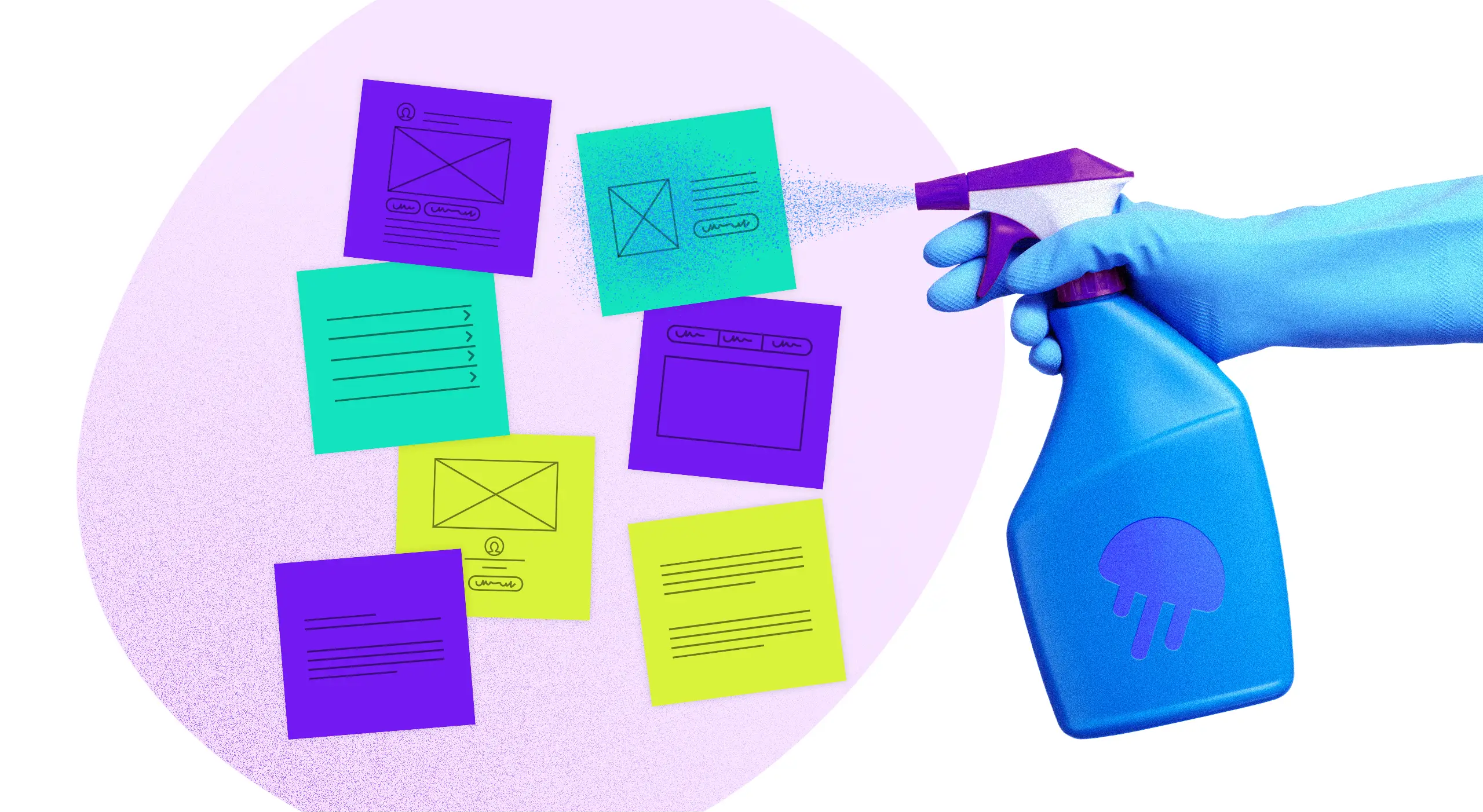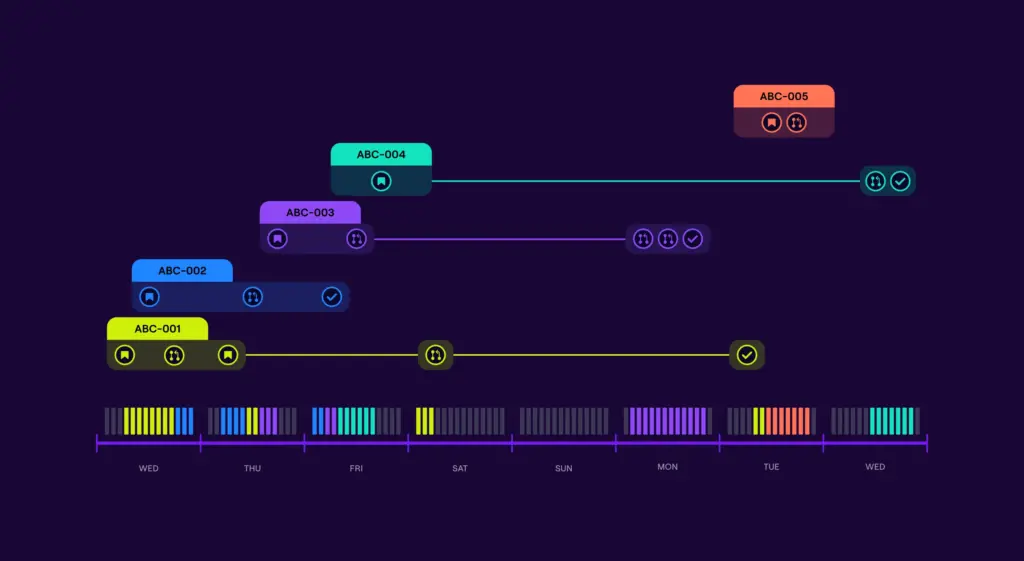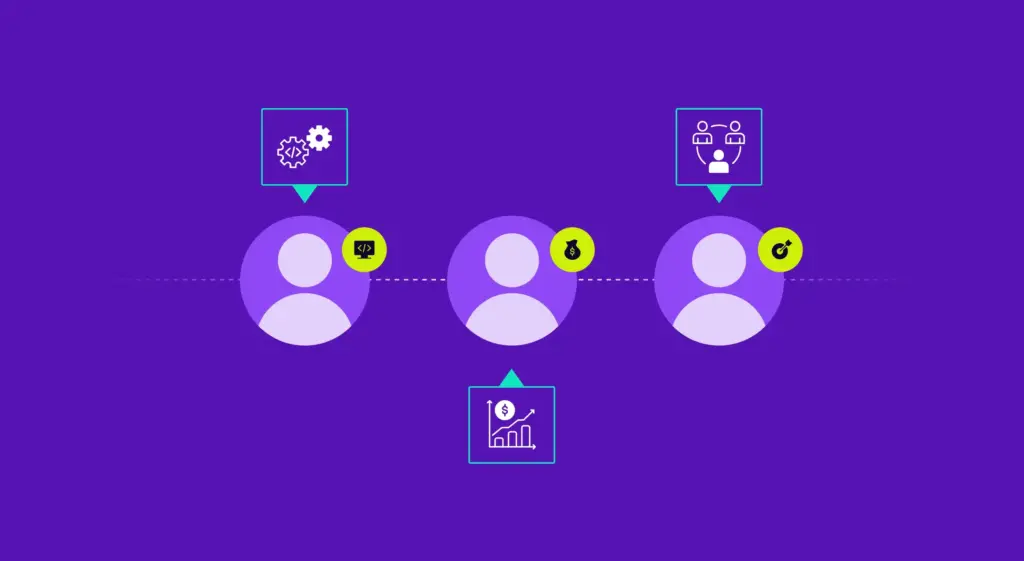I haven’t met many B2B engineering, product, or design leaders without a decent understanding of the value of good user experience (UX). It’d be pretty hard to land a leadership position without it. Funny enough, I also haven’t met many leaders without the constant tell-tale-heart ring that an increasingly busted UX brings. Concerns of poor adoption, low engagement, and [gulp] customer churn can certainly be anxiety-inducing. Our leaders’ problem is that it’s incredibly hard to evaluate, measure, and ultimately justify taking on UX-related improvements that are generally too small, unrelated, or underdefined to get a good sense of their return. Especially when considering that they can come at the cost of clearer, more tenable roadmap work. Of course the catch is that over time, the lack of proactive UX improvement tends to shift the cost from the business to the user, creating that busted UX and exacerbating its effects. This is infamously dubbed “UX debt.” And most of the time, UX debt either completely falls through the cracks or exists in the perpetual, ever-expanding purgatory that is the backlog.
Enter Jellyfish’s “Spring Cleaning Day” (SCD), a signature cocktail that helps us solve the enigma that is UX debt. It’s been a game-changer for us. We are making strides towards a meaningfully better product experience overall and seeing major improvements in team cohesion, collaboration, and ability to self-organize. As the title implies, we get all this without blowing up the roadmap. Believe it or not, we’ve seen an extra 3 person-months of UX debt work done in just 3 days per quarter (once a month). To put that in perspective, for our size, that’s roughly equivalent to an extra 10% full-time effort specifically assigned to UX debt. Pretty freaking impressive. If that makes you thirsty for a similar cocktail, take a sip and keep reading.
What Is Spring Cleaning Day?
Spring Cleaning Day is simply Jellyfish’s way of addressing our own UX debt. Our stellar front-end and design crews completely lead it. For one day per month, we get together and “swarm” on an established Jira epic intentionally filled with the issues mentioned above. It’s called Spring Cleaning Day because, well, we started it in the spring. The name has since stuck. Yes, we are still spring cleaning in February.
While originally conceived as a way to tackle UX debt, this new practice has also shown us a host of other benefits, from customer satisfaction to improved product experience to team cohesion and self-organization. The best part is that we use our own product to track, measure, and justify its benefits.
Our Approach
Operating Principles
We began by getting the front-end and design crews together to talk about the challenges associated with collecting and completing issues that fall into the UX debt category. Aside from lots of wonderful hot takes, that discussion resulted in simple but effective principles that would allow us to self-select and execute things more freely without a ton of activation energy or planning cost. The principles of SCD are as follows:
- Make customer impact
- Finish the work in a day
- Design <> dev collaboration
- Have fun!
Inputs
We’ve found that democratizing input across the entire org is the most successful way to seed our monthly epics. This wasn’t initially easy, but the crew came up with some ingenious ways to get groups like Customer Success, Sales, Leadership, and, of course, our own Product, Engineering, and Design folks all contributing regularly. They set up a Slack automation that allows anyone to add our custom SCD emoji to any message, adding it to our exclusive ideas backlog. This has effectively collected everything from customer feedback to minor bugs to visual nit-picks from perspectives across the organization.
Organization & Execution
As mentioned, we choose one day per month and clear everyone’s calendars of meetings and other work. This alone is a great feeling, but pizzas in the office (and maybe some real cocktails afterward) also help. Members from our front-end and design crews volunteer and rotate who will lead each SCD. Their job is to facilitate the selection and assignment process on the day of. This has proven effective and enabled team members to build their leadership muscles. Where applicable, we employ the buddy system between developer and designer to tackle issues together. Once selected and assigned, the crew works the entire day to tackle as many issues as possible.
We also do demos at the end of the day to show off what we’ve done. People from across the org have noted how satisfying it is to see the tangible results of our efforts. It’s been a great way to bring together teams for a fun celebration of how small things add up.
Collaborative Benefits
Aside from UX debt reduction, one of the biggest benefits of SCD is the communication and collaborative improvements between various teams. The boost we’ve seen to our design and development functions has been palpable. While everyone has their assigned teams and tasks, SCDs serve as a way to build and maintain the muscles of working together, not limited to UX debt. Some of the things we’ve found to be most impactful:
Self-organization
Everyone contributes to the work that goes into each SCD. From seeding new issues to choosing which issues go into each epic, the teams can organize each SCD without help (read: micromanagement) from leadership.
Cross-functional Learning
Developers and designers get to understand the intricacies of each other’s work. This understanding helps create more effective communication on all aspects of our work, not just SCD.
Fresh Perspectives / Cross-Org Exposure
We’re increasingly seeing folks from outside R&D become involved. Salespeople are providing SCD ideas, Success reps are transposing feedback from their customers, and more. This exposure helps everyone build a shared intuition for the problems our customers face daily and increases our overall domain knowledge and motivation to provide our customers with the best possible outcomes.
User Experience Improvements
The most immediately tangible benefit to SCD is the boost in overall UI quality, consistency, and positive feedback on user experience. Because we can quickly address things that customers are asking for, we are seeing a lift in NPS, qualitative quotes praising our responsiveness, and more. SCD has been an extremely effective way to address:
Bug Fixes
We address and resolve minor bugs that may have gone unnoticed but still impact the user experience.
Design Updates
Designers can take the opportunity to refresh the user interface, improving the aesthetics and usability of our products.
User Feedback
We’ve been able to collect and organize user feedback more easily by simply having a place for the random things that normally get ignored. This has also enabled us to be more intentional about not doing things as point fixes when they are better solved by roadmap initiatives.
Performance Optimization
Performance bottlenecks can be identified and addressed, resulting in faster and more responsive interactions.
Using Jellyfish to Track
The big question with this type of work is, how do you know what you’ve been able to achieve, and what’s the result of it? Well, because of how we’ve approached it, we have the cheat code that is our product. With Jellyfish, it’s been easy to track the culmination of our effort and share it for all to see.
The chart below shows our SCD effort in all of 2023. The green bars are the total number of issues we’ve completed as part of the effort. As you can see, it’s well into the 200s. That’s amazing, considering that most of these issues likely wouldn’t have been done otherwise. The purple line shows what we call FTE (full-time equivalent), which is basically a measure of total time spent by all contributors, aggregated into the equivalent of a full-time engineer. We had seven SCDs in 2023, as indicated by the spikes in the purple line.
Sharing the effort was done by generating a simple report based on the issues that we’ve been able to complete. The results get posted in various public Slack channels where folks who provide input on accomplishing things see the fruits of the labor. This has been particularly valuable to our Success team as they can relay customer-generated improvements to their accounts.
Make Spring Cleaning Day a Habit
Spring Cleaning Day has become an essential part of our process at Jellyfish and has transformed how we address UX debt. By dedicating just one day a month to tackle these often-overlooked issues, we’ve unlocked a host of benefits that extend beyond improved product experience. We’ve seen increased collaboration, self-organization, and cross-functional learning among our teams. Our product’s user experience has significantly improved, resulting in higher customer satisfaction and better usage metrics.
By making Spring Cleaning Day a regular part of your team’s workflow, you can create a more cohesive, efficient, and user-focused organization. It’s a powerful approach to addressing UX debt; the results speak for themselves. So, if you’ve been struggling to balance the need for product improvements with your team’s mission-focused work, consider implementing your version of Spring Cleaning Day and watch your UX debt diminish while your team thrives.







